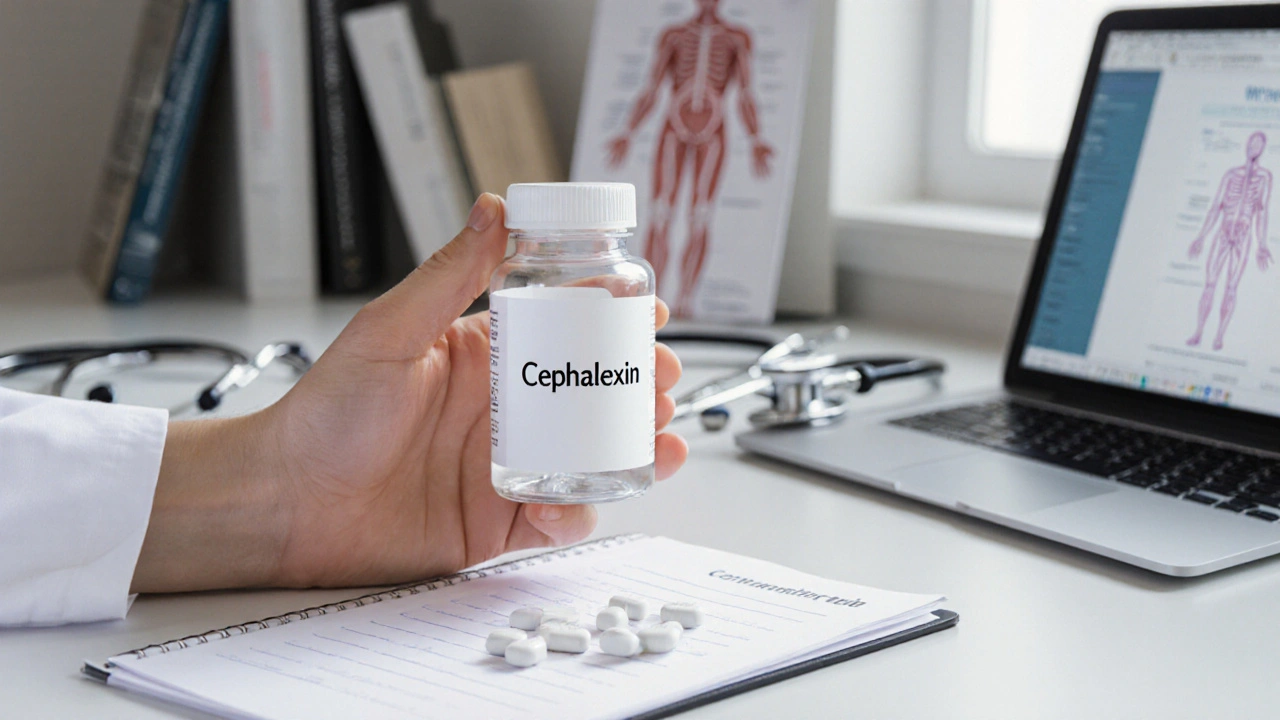Antibiotic Alternatives – Smart Choices for Health
When you hear antibiotic alternatives, methods that fight infection without using conventional antibiotics. Also known as non‑antibiotic treatments, they help curb resistance and often have fewer side effects. Understanding these options matters whether you’re dealing with a common cold, a skin infection, or a chronic gut issue.
One of the biggest related fields is antibiotics, the drugs most doctors prescribe for bacterial infections. They work by killing bacteria or stopping their growth, but overuse fuels resistant strains. That's why antibiotic alternatives have gained attention – they aim to clear infections while sparing the microbiome.
Key Players in the Alternative Landscape
Another core entity is probiotics, live microorganisms that restore healthy gut flora. Studies show certain strains can outcompete harmful bacteria, reducing the need for a prescription antibiotic in mild cases. Then there’s phage therapy, which uses viruses that specifically target bacteria. It’s a precise approach that avoids wiping out beneficial microbes and is already used in parts of Europe for stubborn infections.
Herbal extracts such as tea tree oil, oregano oil, and garlic also belong to the alternative toolbox. They contain compounds like allicin or thymol that disrupt bacterial cell walls. While they’re not a replacement for severe infections, they’re handy for skin irritations, minor cuts, or occasional urinary issues. Combining these natural agents with good hygiene often prevents infections from taking hold in the first place.
All these alternatives share a common goal: reduce reliance on traditional drugs and keep bacteria from becoming untreatable. To make the right choice, you need to consider the infection type, severity, and your personal health profile. For a simple sore throat, a probiotic lozenge might be enough. For a chronic wound, a tea tree oil dressing paired with proper wound care could work, while a deep tissue infection may still require a short course of antibiotics alongside phage therapy under medical supervision.
Our collection of articles below dives into these topics in depth. You’ll find side‑by‑side comparisons of common antibiotics versus their non‑antibiotic peers, step‑by‑step guides on buying safe generic medicines, and practical tips for using natural antimicrobials at home. Whether you’re a patient looking to avoid pills or a healthcare professional seeking up‑to‑date alternatives, the range of posts offers actionable insight.
Take a look at the guides ahead – from detailed reviews of specific drugs and their alternatives to buying advice that helps you stay safe online. You’ll discover which options work best for different conditions, how to spot reliable sources, and what to watch out for in terms of side effects. Let’s get into the details and help you choose the right path without over‑relying on antibiotics.
Cephalexin vs Alternatives: Complete Comparison Guide
A detailed guide comparing Cephalexin with Amoxicillin, Dicloxacillin, Clindamycin, and Azithromycin, covering uses, dosing, side effects, and how to choose the right antibiotic.

